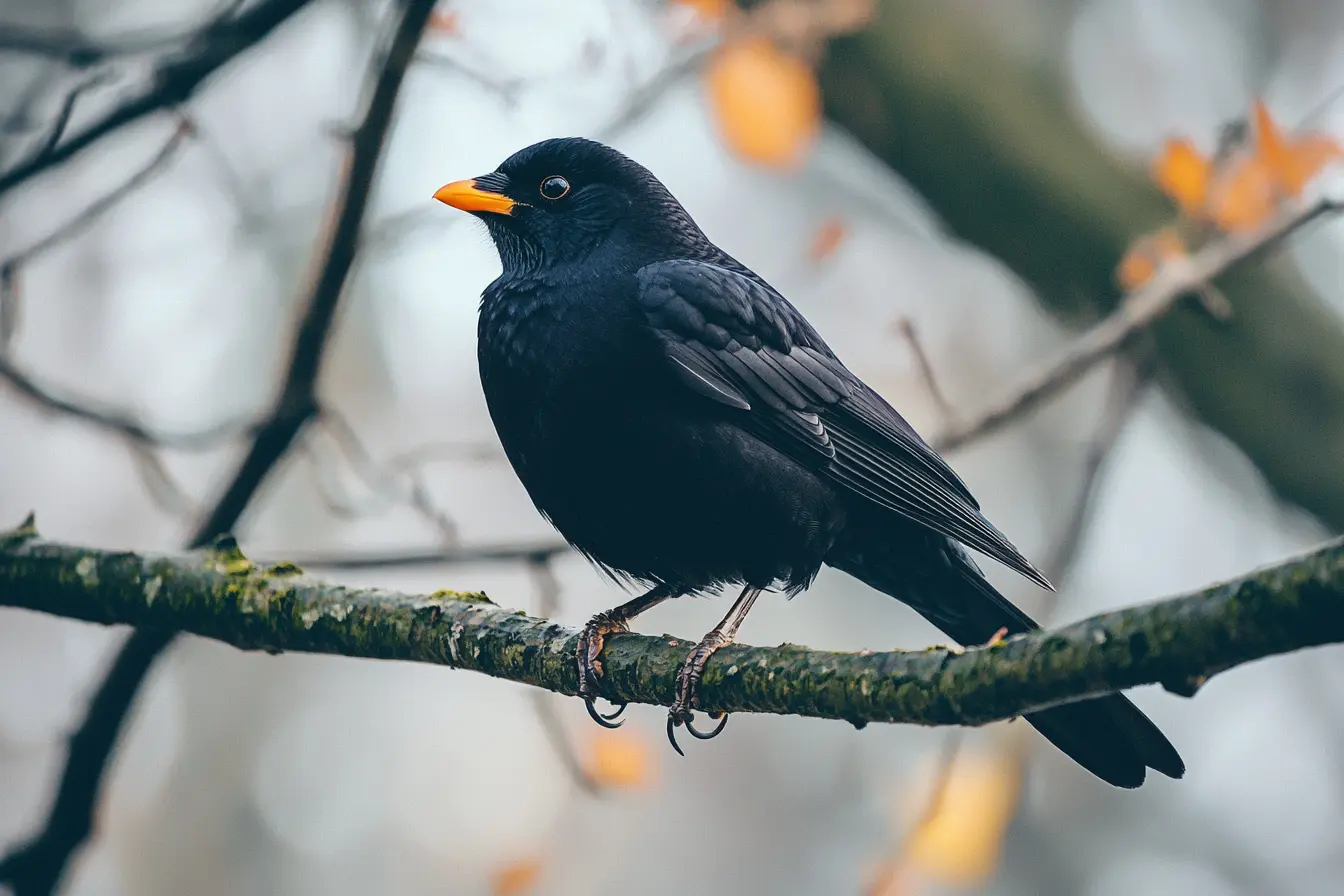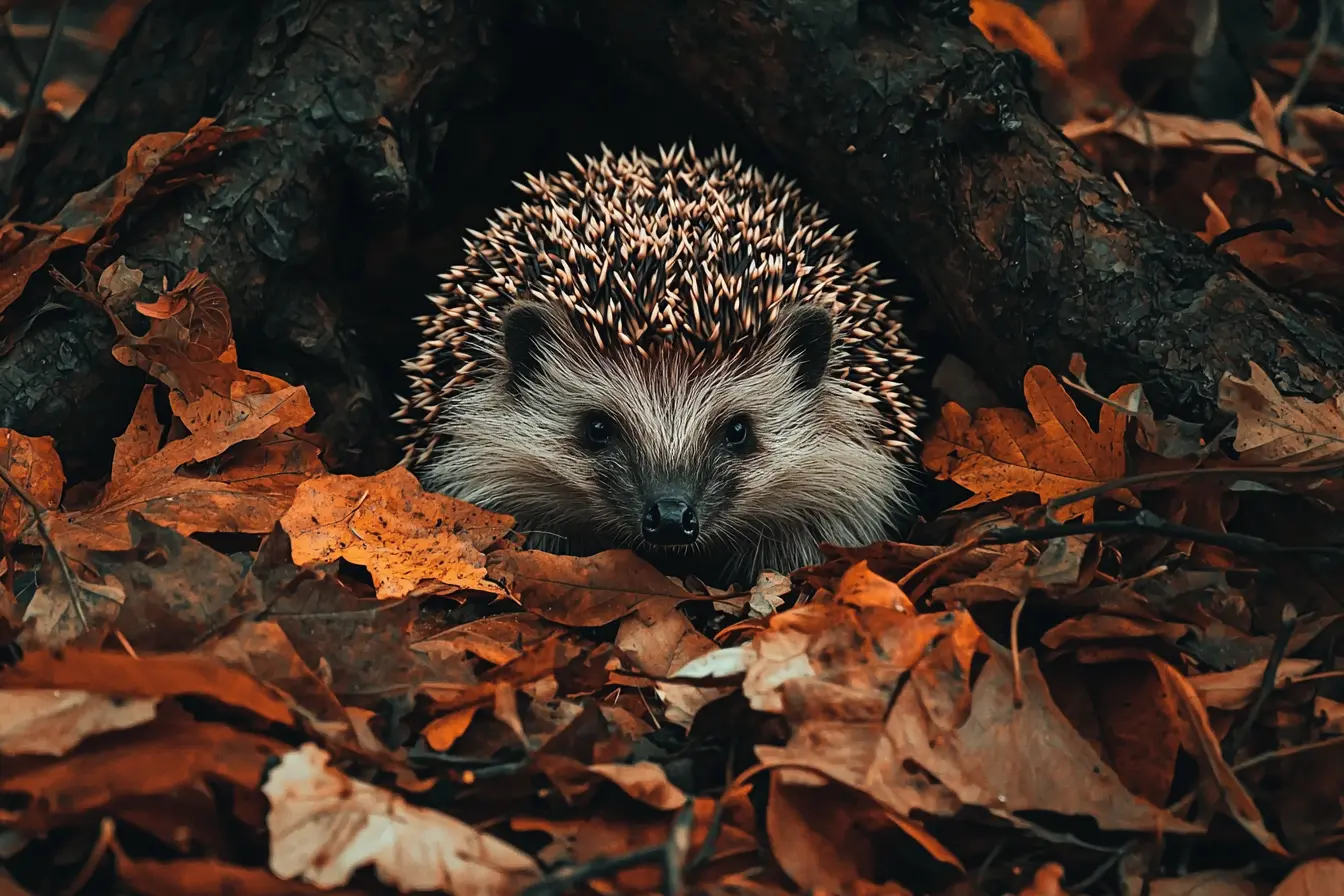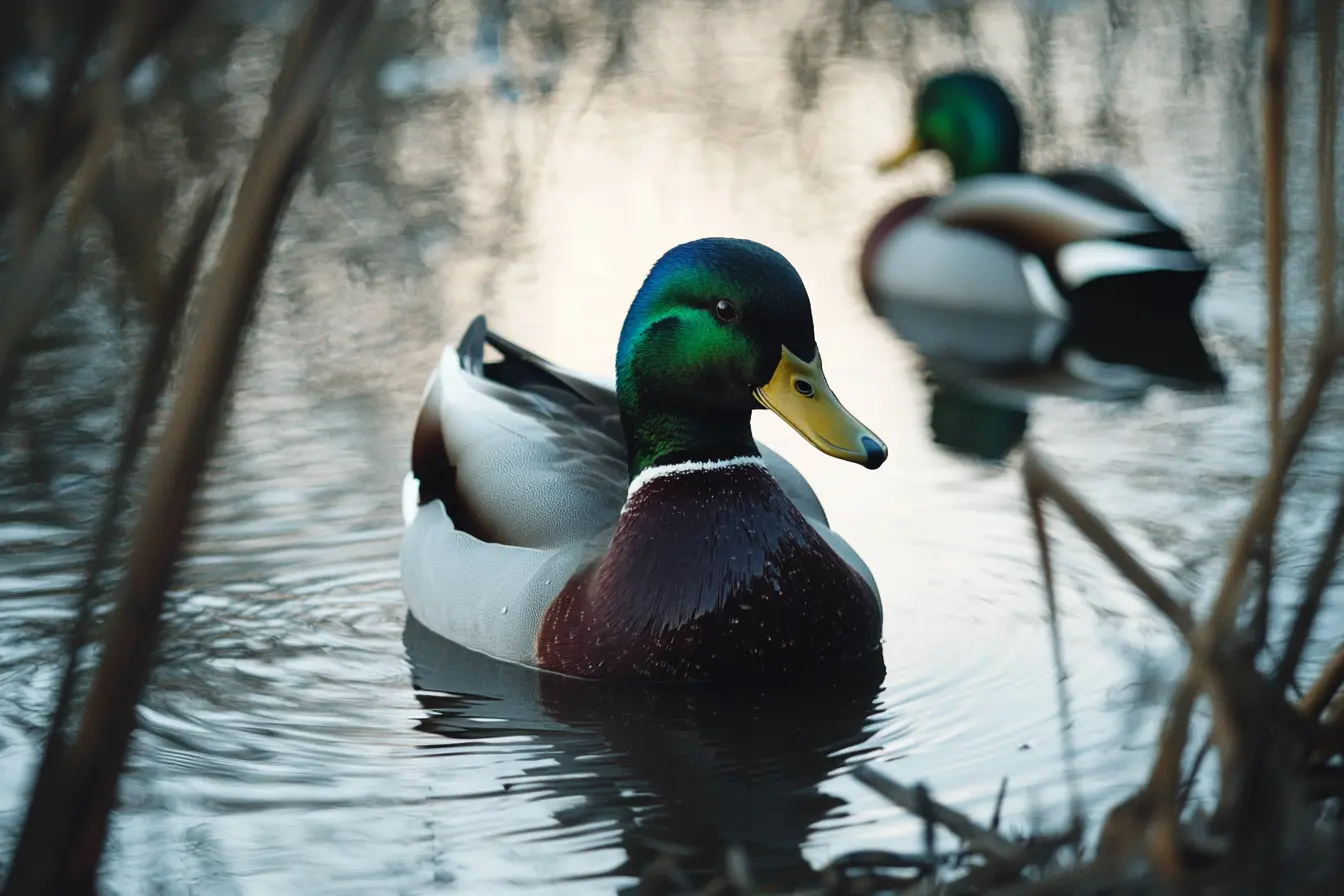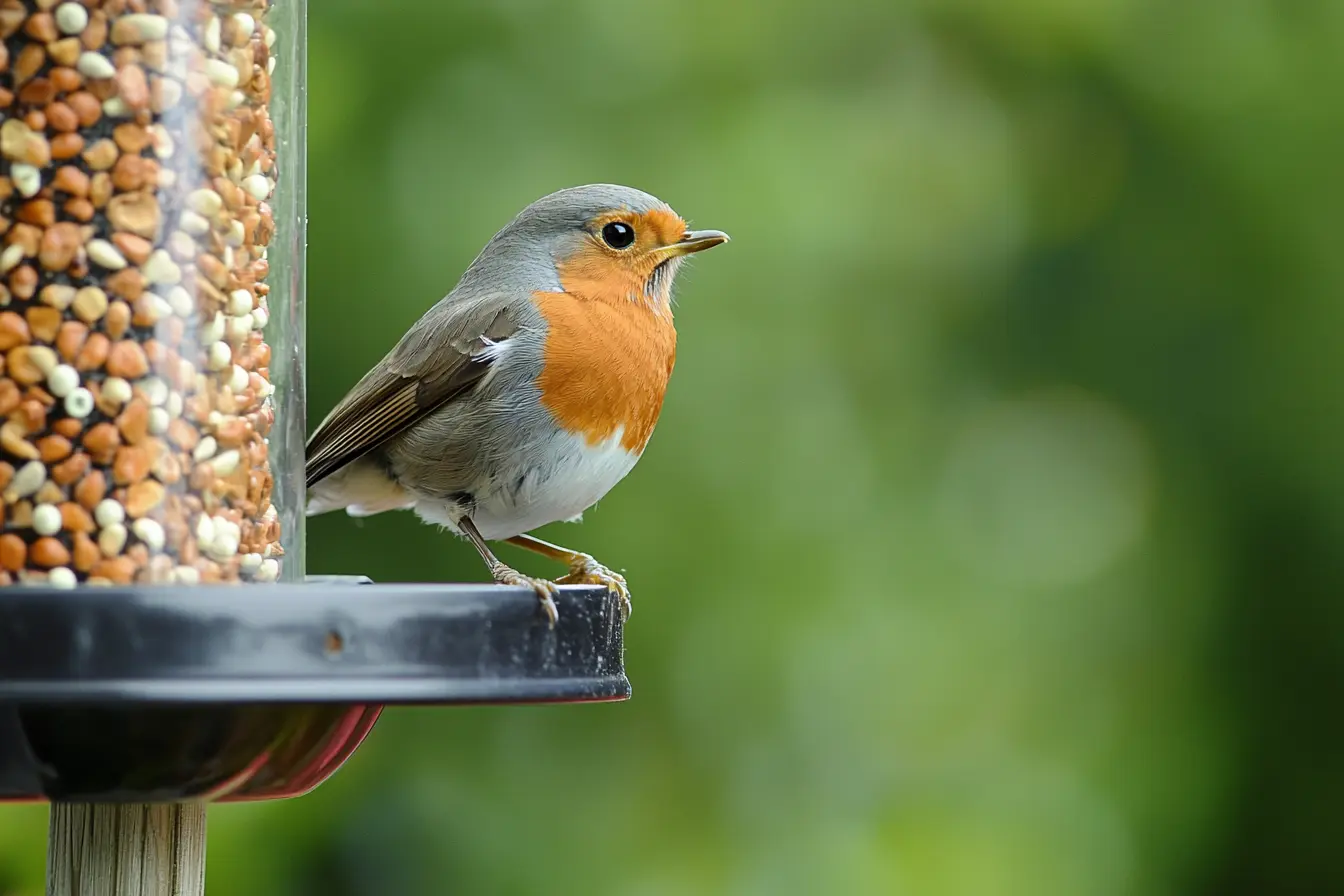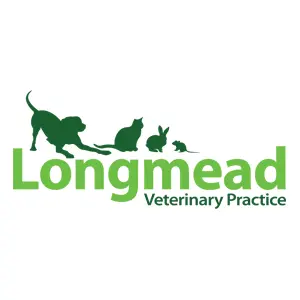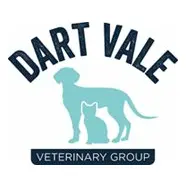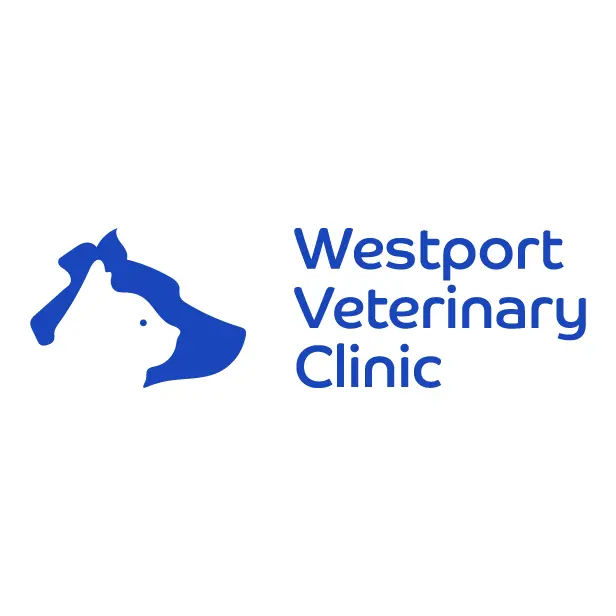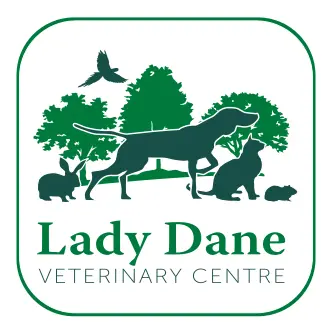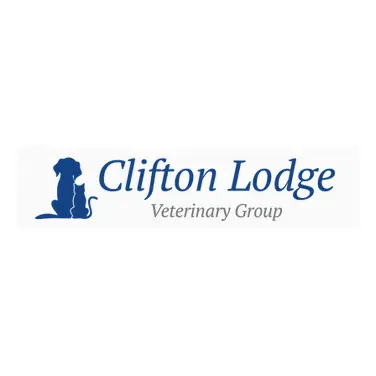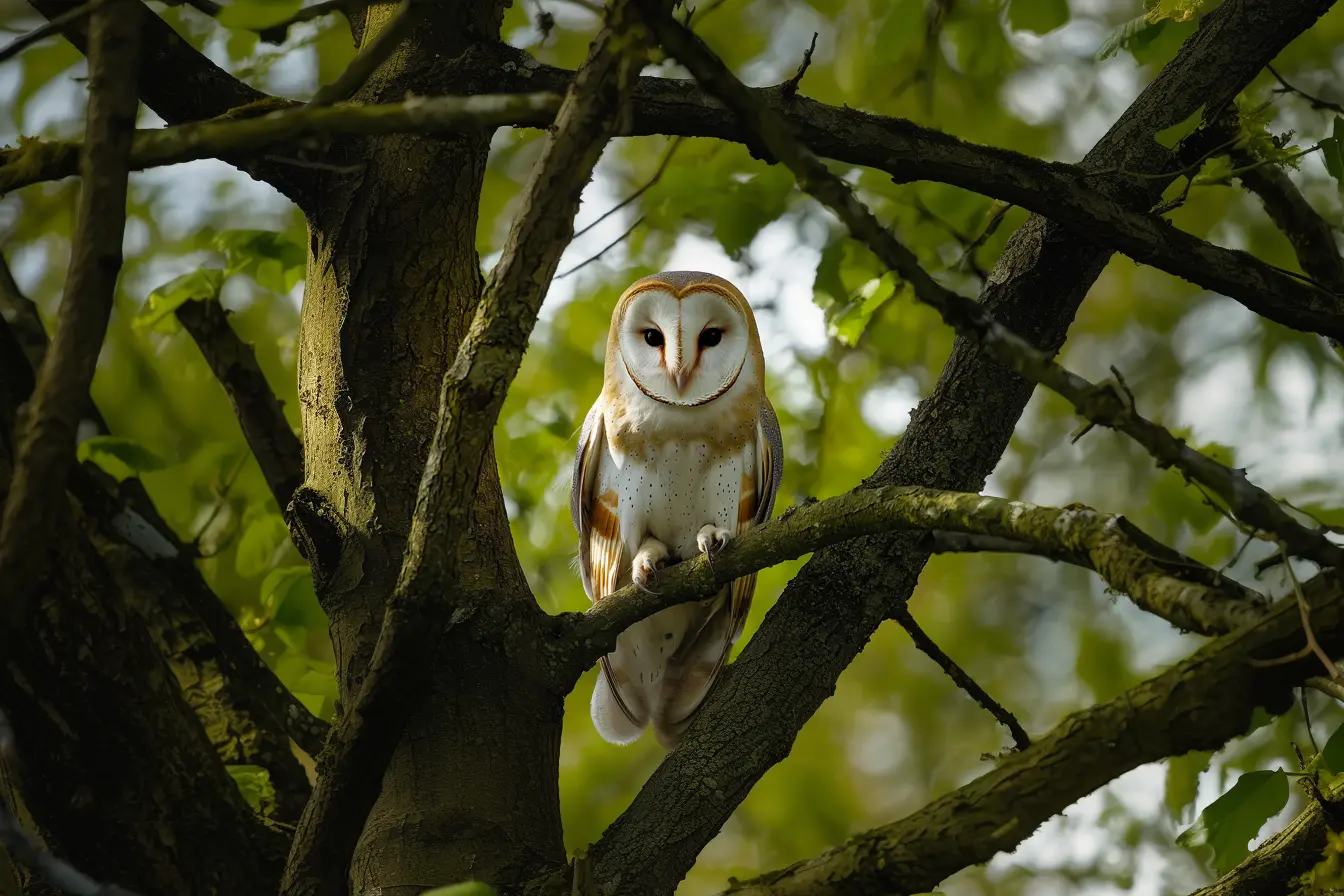
How to Help Owls in the UK: A Complete Guide
Owls are among the most fascinating and important predators in the UK, playing a crucial role in controlling rodent populations and maintaining a balanced ecosystem. However, habitat loss, declining prey numbers, and human activities have contributed to a decline in owl populations.
If you want to support these majestic nocturnal birds, there are many ways to make your garden, farmland, or local area more owl-friendly. This guide covers everything you need to know about helping owls to thrive.
Why Do Owls Need Our Help?
The UK is home to five native species of owl:
- Barn owl (Tyto alba) – Hunts in open countryside, often seen gliding silently over fields.
- Tawny owl (Strix aluco) – The most common owl, found in woodlands and gardens.
- Little owl (Athene noctua) – The smallest UK owl, often seen in farmland and orchards.
- Long-eared owl (Asio otus) – A secretive owl that roosts in dense trees.
- Short-eared owl (Asio flammeus) – A day-flying owl that hunts in open moorland.
Many of these species face significant challenges, including:
- Loss of nesting sites – Traditional barns, hollow trees, and old buildings are disappearing.
- Declining prey populations – Changes in farming practices have reduced the number of small mammals and insects.
- Road traffic – Owls are often hit by vehicles when hunting along roadsides.
- Pesticide use – Rodenticides used to kill rats and mice poison owls that eat contaminated prey.
By taking action, we can help reverse these trends and create a safer environment for owls.
Provide Nesting Sites for Owls
Owls need safe, undisturbed places to roost and raise their young.
Install an Owl Nest Box
As natural nesting sites are becoming rarer, owl nest boxes can provide a vital alternative.
- Barn owl boxes – Large, enclosed boxes mounted inside barns or on trees in open countryside.
- Tawny owl boxes – Deep, cylindrical boxes placed in woodland or large gardens.
- Little owl boxes – Small, square boxes positioned in trees or farm buildings.
Where to place an owl box:
- At least 3–5 metres high, in a quiet area away from disturbance.
- Facing east or north-east to avoid strong sunlight and rain.
- Near hedgerows, open fields, or meadows where owls hunt.
Create an Owl-Friendly Habitat
Owls rely on diverse, wildlife-rich habitats to find food and shelter.
Encourage Prey Species
Owls primarily feed on small mammals (mice, voles, shrews) and insects. To increase prey availability:
- Leave rough grassland areas – Long grass provides food and cover for voles and mice.
- Plant native hedgerows and trees – Hedgerows attract rodents, insects, and small birds.
- Avoid over-mowing lawns and fields – Taller grass supports prey species.
Keep Hedgerows and Trees
- Hedgerows provide hunting corridors and safe perches for owls.
- Old trees with hollow trunks make excellent natural nesting sites.
Create a Wildlife Pond
- Small ponds attract frogs and insects, which some owls, such as little owls, feed on.
- Avoid introducing fish, as they compete with wildlife for food.
Reduce Pesticide and Rodenticide Use
One of the biggest threats to owls is secondary poisoning from rodenticides.
Why Rodenticides Are Dangerous
- Poisoned rats and mice move slowly and erratically, making them easy prey for owls.
- When an owl eats a poisoned rodent, it ingests the toxins, leading to sickness or death.
Natural Rodent Control Alternatives
- Encourage owls, foxes, and kestrels, which naturally keep rodent populations in check.
- Use humane traps rather than poison.
- Store animal feed and food waste securely to discourage rodent infestations.
Protect Owls from Road Traffic
Many owls hunt along road verges, where they are vulnerable to vehicle collisions.
How to Reduce Owl Road Deaths
- Avoid placing nest boxes near busy roads – Young owls learning to fly are at high risk.
- Encourage dense hedgerows along roadsides – This discourages owls from flying low over roads.
- Advocate for owl warning signs – In high-risk areas, councils can install road signs to alert drivers.
Minimise Light Pollution
Owls are nocturnal hunters, and artificial lighting can disrupt their behaviour.
How to Reduce Light Pollution for Owls
- Use motion-sensor lighting instead of permanent outdoor lights.
- Position lights away from trees, hedgerows, and nesting areas.
- Encourage councils to use bat and owl-friendly street lighting.
Support Owl Conservation Projects
There are many conservation organisations working to protect owls in the UK.
How You Can Help
- Report owl sightings – Contribute to national monitoring projects.
- Volunteer for habitat restoration – Help maintain woodlands, wetlands, and meadows.
- Donate to owl charities – Support organisations working to protect owl populations.
Key Owl Conservation Organisations
- Barn Owl Trust – Focuses on barn owl conservation.
- The Wildlife Trusts – Protects owl habitats across the UK.
- RSPB – Runs owl conservation programs.
What to Do If You Find an Injured or Orphaned Owl
If you come across an injured or distressed owl, follow these steps:
Assess the situation:
- Young owls (owlets) – If fully feathered, they may just be learning to fly and should be left alone.
- Grounded or visibly injured owls – They need expert help.
Handle with care:
- Wear gloves to avoid injury from sharp talons.
- Place the owl in a ventilated box lined with a towel.
Contact a wildlife rescue centre immediately:
- Barn Owl Trust: 01364 653026
- RSPCA Wildlife Helpline: 0300 1234 999
- Local wildlife rescues (Find one via Help Wildlife).
Conclusion
Owls are an essential part of the UK’s ecosystem, but they face many threats from habitat loss, rodenticides, and human activities. By providing nesting sites, creating owl-friendly habitats, reducing pesticide use, and supporting conservation efforts, we can help these magnificent birds survive and thrive.
Even small actions - such as leaving a patch of wild grass, installing an owl nest box, or avoiding rodenticides - can have a significant impact on owl populations.
Let’s work together to protect the UK’s owls and ensure that future generations can enjoy their haunting calls and graceful presence in the wild.
For more information and resources, visit:
Related Vets
Vets near you
Speciality vets
- Aquatics vet specialists
- Birds vet specialists
- Camelids vet specialists
- Cats vet specialists
- Cattle vet specialists
- Deer vet specialists
- Dogs vet specialists
- Equines vet specialists
- Exotic vet specialists
- Goats vet specialists
- Pigs vet specialists
- Poultry vet specialists
- Sheep vet specialists
- Small Mammals vet specialists
- Wild vet specialists
